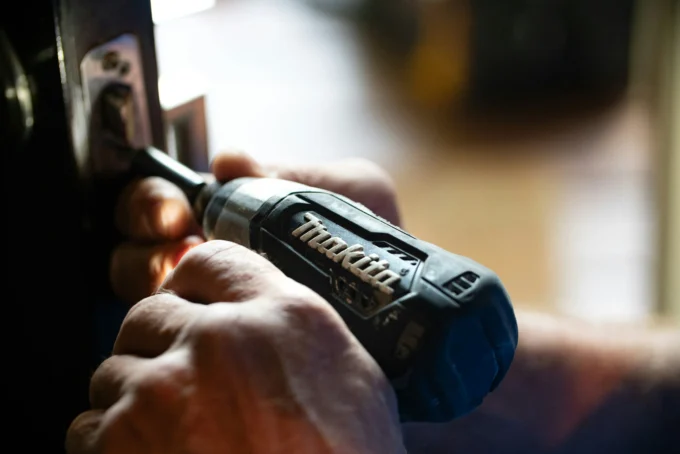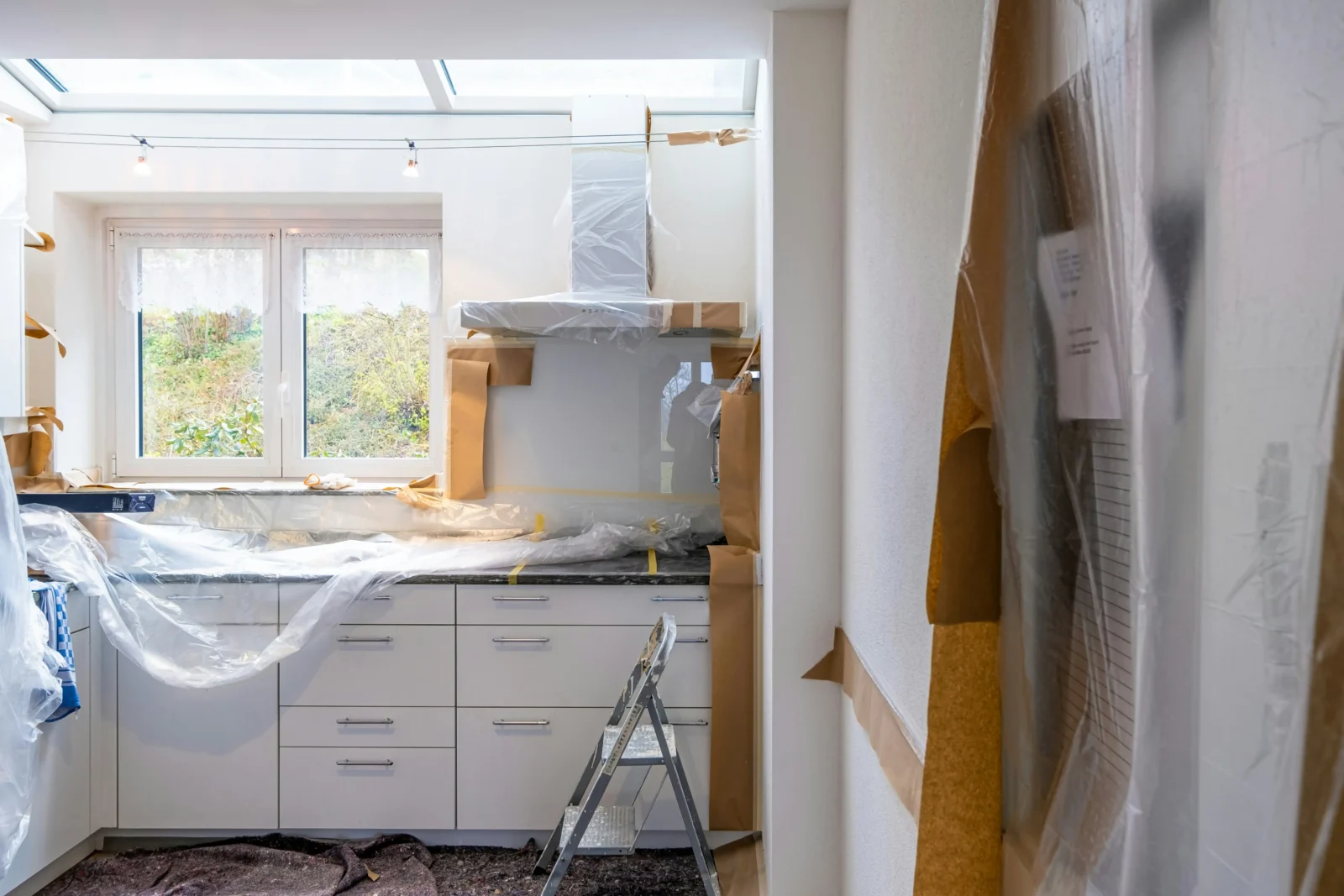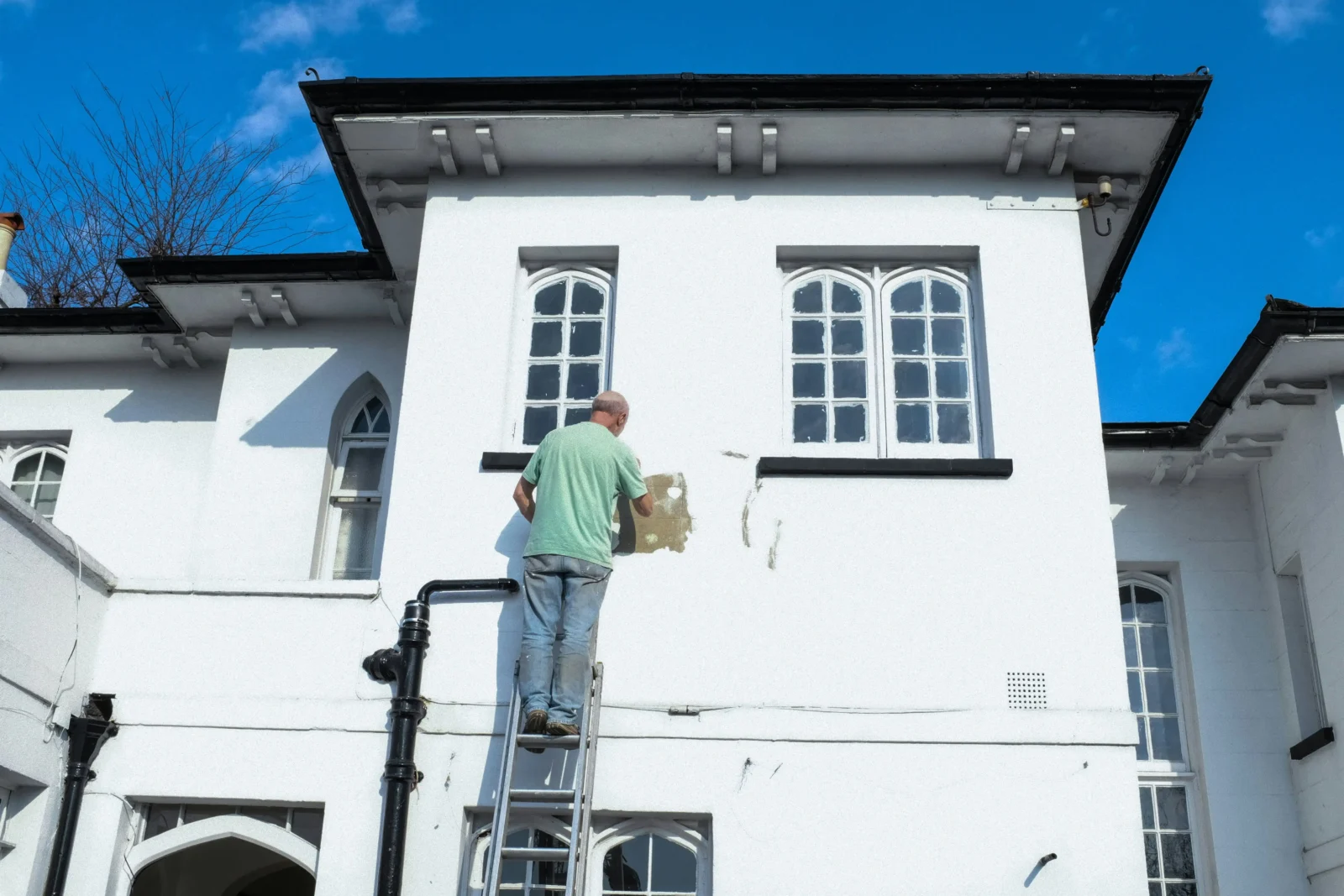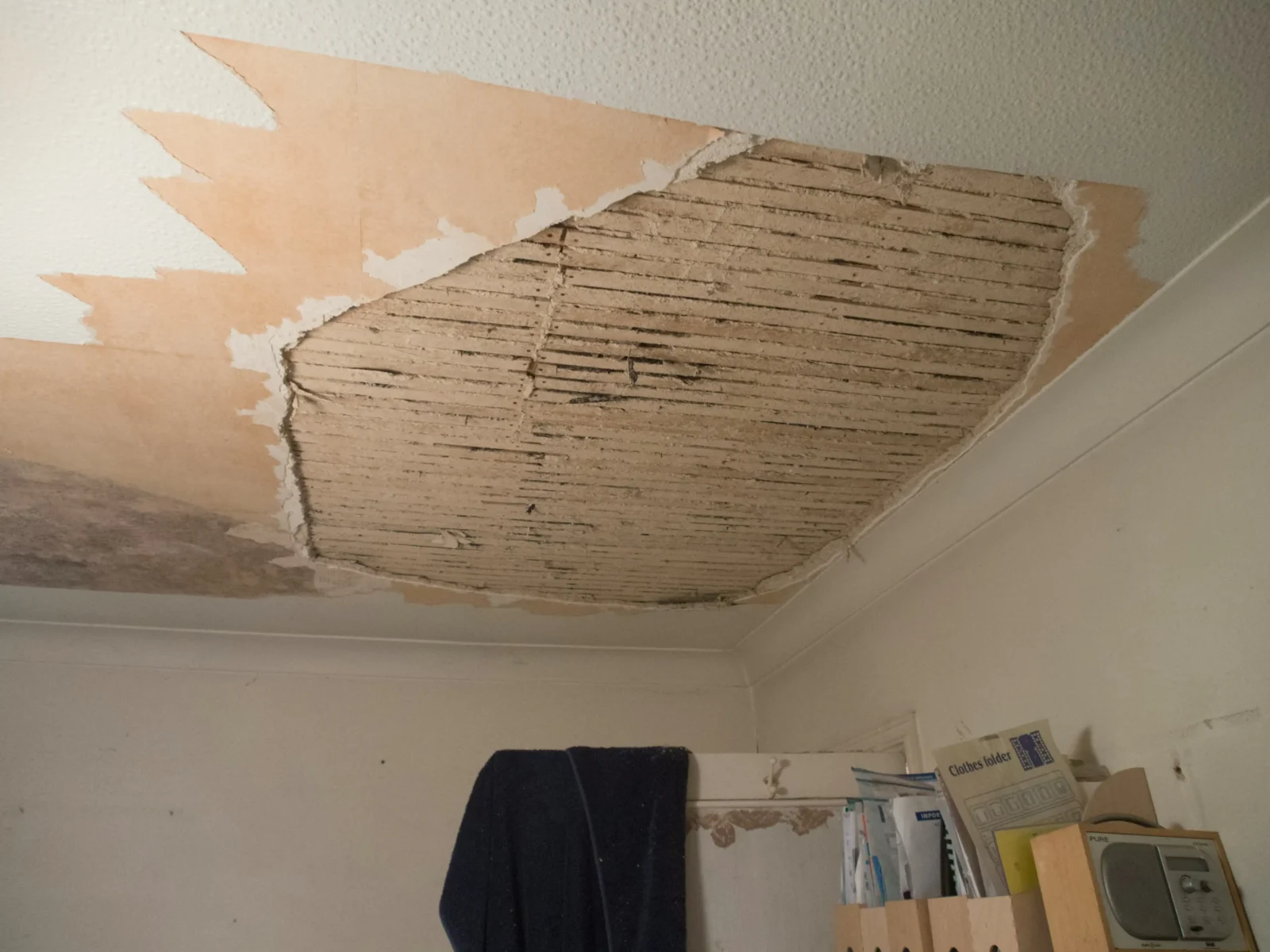- Home
- Articles
- Architectural Portfolio
- Architectral Presentation
- Inspirational Stories
- Architecture News
- Visualization
- BIM Industry
- Facade Design
- Parametric Design
- Career
- Landscape Architecture
- Construction
- Artificial Intelligence
- Sketching
- Design Softwares
- Diagrams
- Writing
- Architectural Tips
- Sustainability
- Courses
- Concept
- Technology
- History & Heritage
- Future of Architecture
- Guides & How-To
- Art & Culture
- Projects
- Interior Design
- Competitions
- Jobs
- Store
- Tools
- More
- Home
- Articles
- Architectural Portfolio
- Architectral Presentation
- Inspirational Stories
- Architecture News
- Visualization
- BIM Industry
- Facade Design
- Parametric Design
- Career
- Landscape Architecture
- Construction
- Artificial Intelligence
- Sketching
- Design Softwares
- Diagrams
- Writing
- Architectural Tips
- Sustainability
- Courses
- Concept
- Technology
- History & Heritage
- Future of Architecture
- Guides & How-To
- Art & Culture
- Projects
- Interior Design
- Competitions
- Jobs
- Store
- Tools
- More
Why More Architects and Interior Designers Are Abandoning Manual Methods in Home Renovations

Traditional home renovations often rely on manual measurements and outdated floor plans. While these methods may seem straightforward, they frequently introduce costly errors. Even a few centimeters off in wall or ceiling height can cause misalignments, delays, and expensive rework.
To avoid these pitfalls, many professionals now turn to 3D laser scanning. This technology captures a precise digital representation of the space, offering a reliable foundation for design, planning, and construction. It replaces guesswork with certainty, and static drawings with dynamic, data-rich models.
Table of Contents
ToggleWhy Traditional Measuring Falls Short
Manual techniques and old blueprints are still common in residential work, but they’re often riddled with inaccuracies – especially in older homes with uneven surfaces or undocumented alterations. The result? Design clashes between fixtures, HVAC, and millwork; costly delays due to rework; and discrepancies between plans and on-site conditions.

3D Scanning: A Smarter Foundation for Design
Unlike traditional tools, laser scanners create a detailed 3D map of the space, capturing every wall, beam, slope, and ceiling with millimeter precision. This data can then be turned into accurate 2D drawings or comprehensive 3D BIM models.
With this level of accuracy, architects and interior designers can work with full confidence. Custom furniture fits perfectly the first time. Lighting plans align with actual ceiling geometry. Built-ins match existing contours–no costly adjustments needed. Because the model reflects real conditions, you avoid late-stage surprises that often derail renovations.
These models also enable seamless collaboration. Contractors, electricians, and HVAC teams all work from the same data set, reducing miscommunication and minimizing coordination errors. This shared understanding across disciplines enhances efficiency, prevents clashes, and ensures that every component fits into the overall design with precision.
During Construction: Track Progress and Catch Errors Early
Scans can be performed at multiple renovation stages–post-demolition, after framing, or before finishes–to verify that construction matches the design. This ensures walls aren’t built off-plan, fixtures are installed in the correct locations, and ceiling heights match lighting requirements.

Each scan creates a digital milestone, forming a valuable record for quality assurance. For complex remodels with multiple trades involved, this documentation helps catch problems before they escalate.
After the Renovation: A Permanent Digital Record
One of the most overlooked benefits of laser scanning is its long-term value. A final as-built scan shows exactly where pipes, wires, ducts, and structural elements are located. Years later, this model becomes indispensable for smart home upgrades, further renovations, or DIY projects – helping avoid damage to hidden systems.
Think of it as a digital owner’s manual for your home–accurate, accessible, and future-proof.
Better Projects from the Start
3D scanning doesn’t just make renovations easier–it makes them smarter. It reduces stress, avoids costly errors, and ensures design decisions are based on reality. Whether you’re remodeling a kitchen or restoring a historic brownstone, starting with a scan leads to better outcomes.
ScamM2 offers expert 3D scanning services across the United States – including Pennsylvania, New York, and Illinois. If you’re looking for trusted 3D scanning in Pennsylvania or beyond, partnering with experienced professionals ensures your renovation is built on solid digital ground.
illustrarch is your daily dose of architecture. Leading community designed for all lovers of illustration and #drawing.
Submit your architectural projects
Follow these steps for submission your project. Submission FormLatest Posts
How to Avoid Costly Mistakes During Large Renovation Projects
A big renovation sounds like a dream—until you’re washing dishes in the...
How to Plan a Successful Home Renovation
A home renovation feels exciting at first. Then the decisions stack up....
How To Be More Sustainable When Renovating Your Home?
Renovating your home can be exciting, but it’s easy to overlook sustainability....
How to Make Small Repairs Around the Home
Fixing minor household problems can be a satisfying experience. It saves money...












Leave a comment